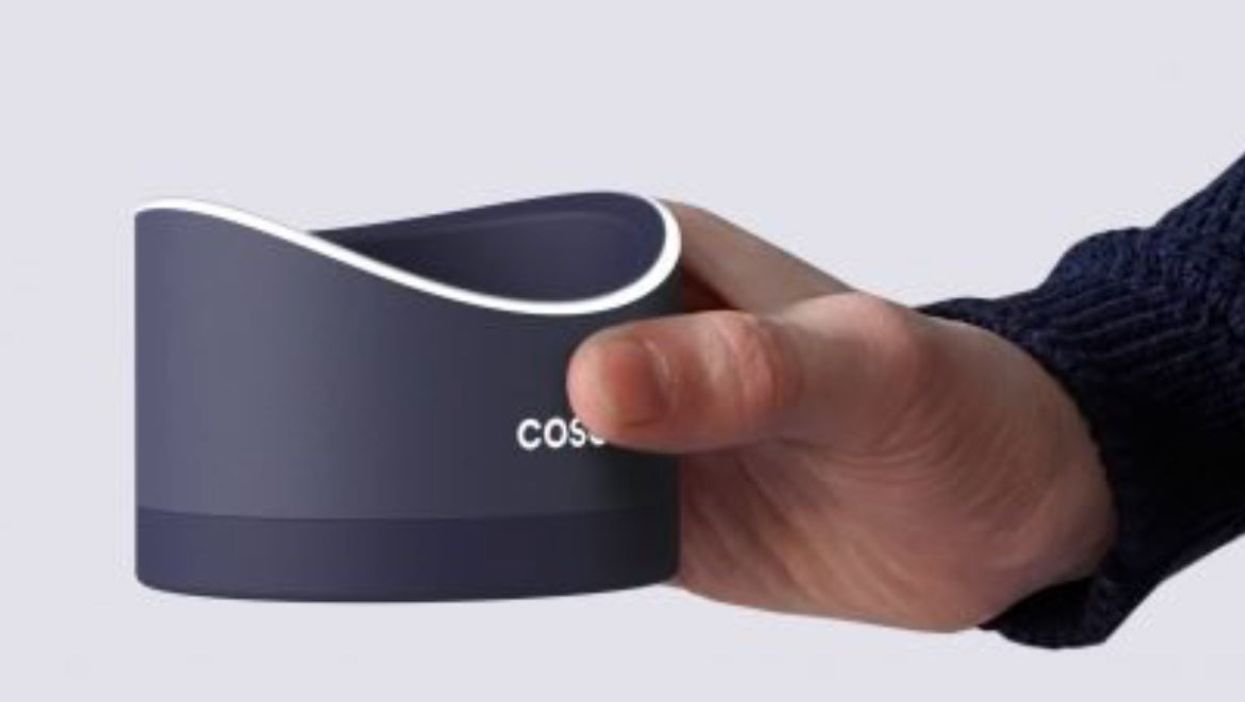Becca Monaghan
Oct 13, 2021
A new innovative ‘testicle bath’ could be the future of male contraception. The small ultrasound-based device is a reversible and hormone-free method that “temporarily modifies spermatogenesis.”
Once set up by a doctor, the user fills the device with water and is “heated up to operating temperature.” They then bathe their testicles in the pod for a gentle ultrasonic treatment which stops sperm production and provides contraception from around two weeks after first use.
COSO explained: “Ultrasound generates deep heat in the testicular tissue, which modifies sperm mobility when applied twice and temporarily inhibits the formation of new sperm.
“As a result, the female egg cannot be fertilized. It results in reliable contraceptive efficacy.”
Sign up to our new free Indy100 weekly newsletter
The groundbreaking device has won the prestigious James Dyson Award, which explained that the device can be monitored in real-time via the COSO app. Once the treatment is complete, the device switches itself off automatically.
“After the treatment, the device switches off automatically.”
Speaking about the inspiration about the design, designer Rebecca Weiss said: “About a year ago, I was diagnosed with cancer precursor cervix due to contraception with the pill.
“After that, hormonal contraception was no longer an option. When my partner and I were looking for an alternative method, we became aware of the lack of male contraceptives.
“The problem is not unique to me personally. It affects many others as well. This is also evident in the current growing public discussion about the lack of contraceptive alternatives.
“So I decided to deal with the development of a new contraceptive approach for men in my master thesis in Industrial Design at the Technical University in Munich.”
The device is still a “hypothesis” and while the ultrasound procedure has been successful in animal mode, it is not yet transferrable to humans due to requiring more funding for further studies and clinical studies.
Top 100
The Conversation (0)














